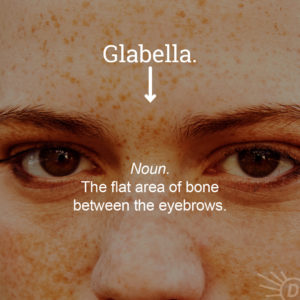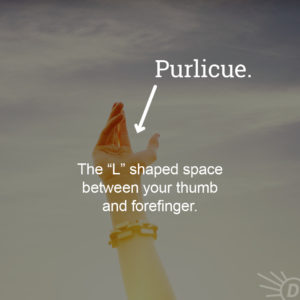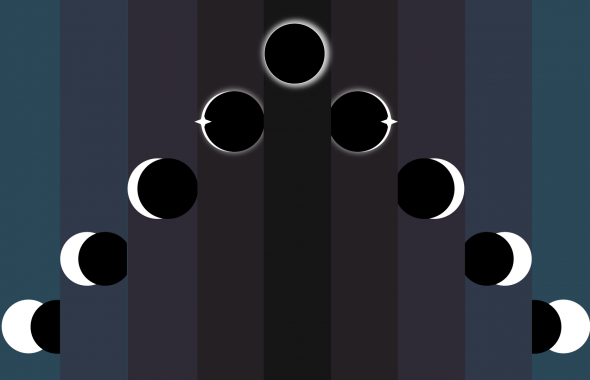The human temple
People rarely take the time to notice, much less appreciate, their bodies. When they do, it’s usually a cursory nod to the most obvious physical structures—skeletal joints, skin, muscle, vital organs that need repair. But, there’s more to the human temple than that . . . like the space between the eyebrows, that stringy thing under the tongue, or “the anatomical snuffbox.” What other vastly under-recognized parts of the body are there?





























